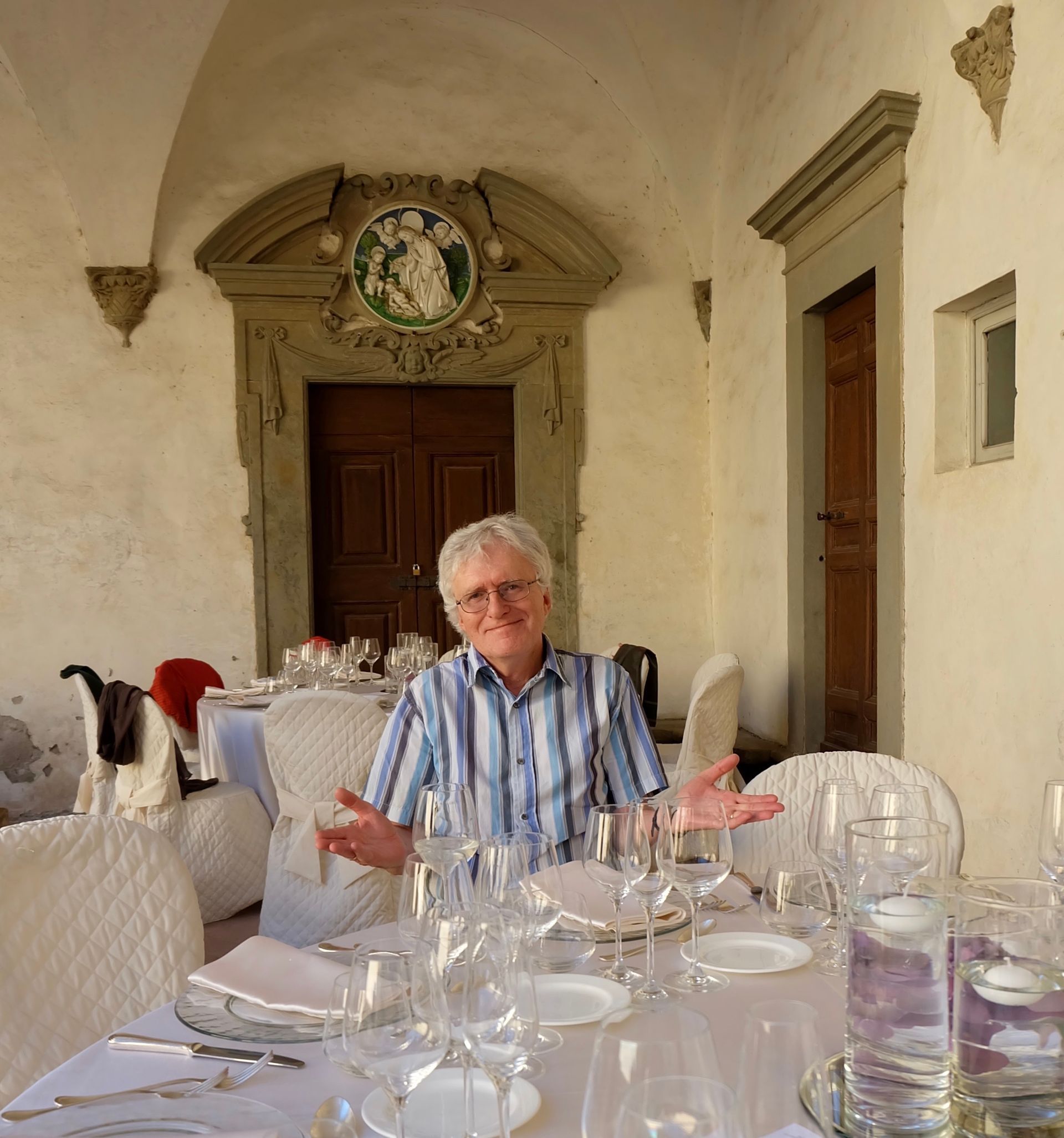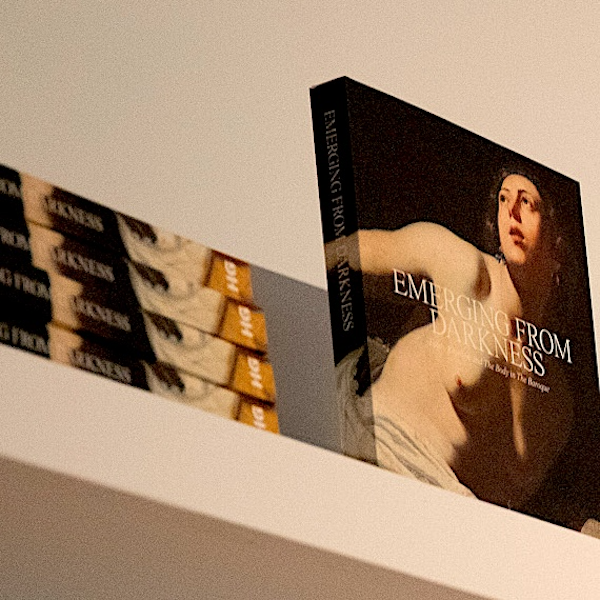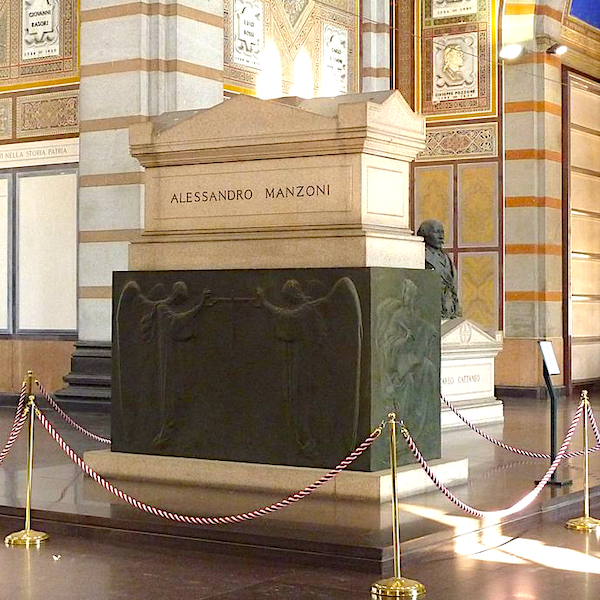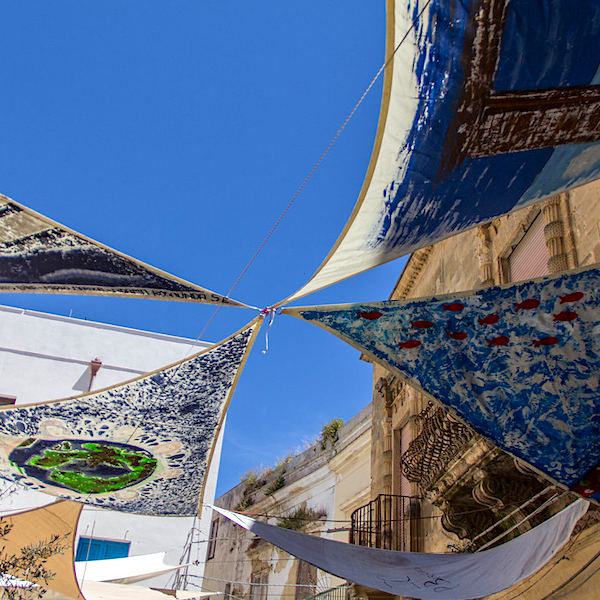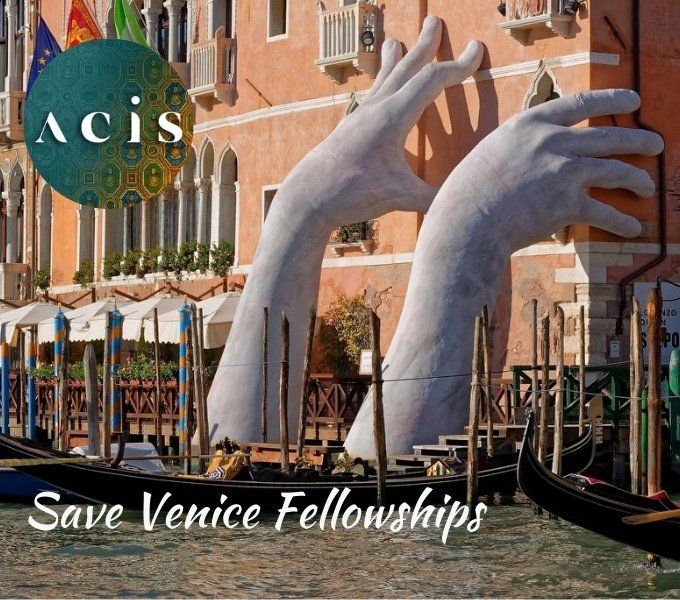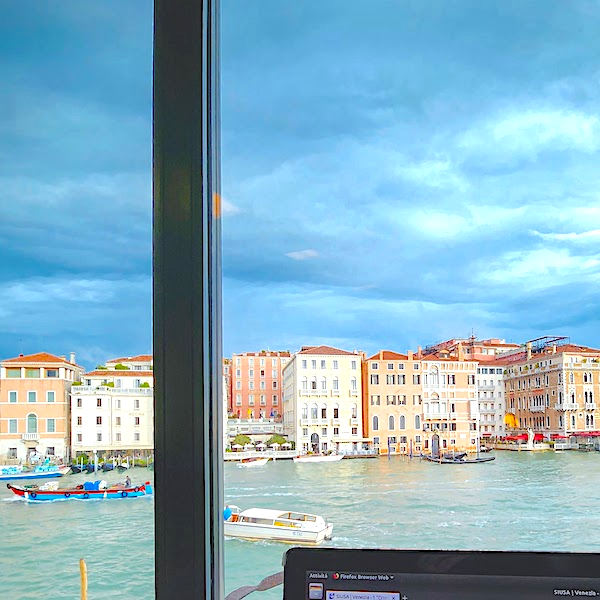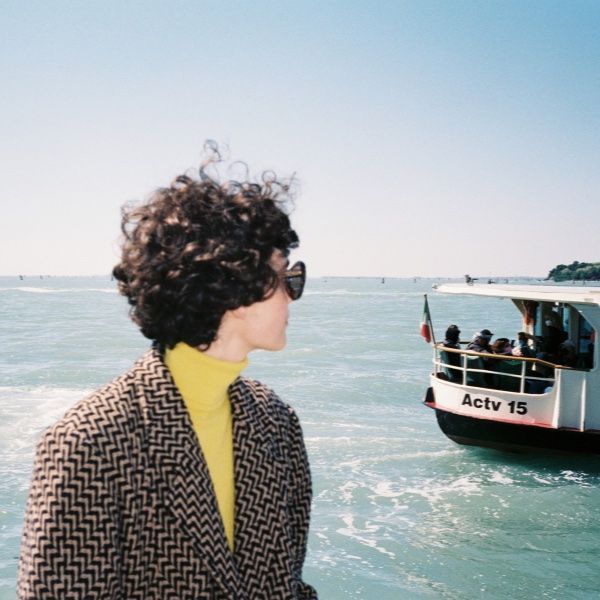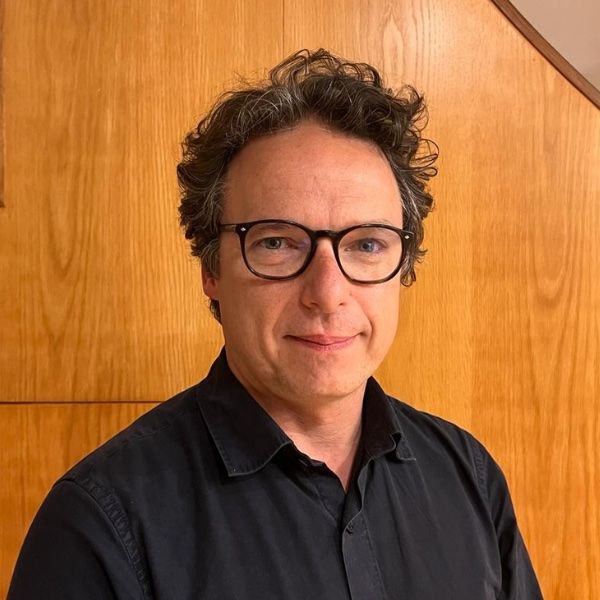Ocio ciò
Andrea Rizzi University of Melbourne
One of the most enjoyable aspects of teaching and researching Italian culture is taking students to Italy. There is something refreshing, exciting and unexpected about sharing with them the Italian civic rituals, the repositories of past cultures and memory such as museums and libraries, and the historical traces dotted around the Italian cities.  Every second year Catherine Kovesi and I spend a month in Venice with 22 students of all ages and walks of life. Venice is the easiest city to sell. It is such a unique, impressive, reserved and yet so public, and, most importantly, famous city that students immediately respond to the attraction of staying in a palazzo for a month only a stone’s throw away from the Canal Grande.
Every second year Catherine Kovesi and I spend a month in Venice with 22 students of all ages and walks of life. Venice is the easiest city to sell. It is such a unique, impressive, reserved and yet so public, and, most importantly, famous city that students immediately respond to the attraction of staying in a palazzo for a month only a stone’s throw away from the Canal Grande.
Venice is a cultural map, mental space, a hub for cultural commodification. It can be interpreted and consumed in an infinite number of ways.
Many tourists accept the mainstream interpretation of the Serenissima as a museum: open between 9am and 5pm, impenetrable to the public after hours. Fortunately, the Venice we enjoy is a very different space. Raymond Ledrut’s words resonate with our experience of reading and living Venice with our students: “how does the city speak of this to us? we have replied: as a work of art, which means as an object charged with meaning by the production and the use men make of it. The only way to learn what the city tells us is to examine the field of the urban experience, the ‘lived’ city”. The interconnected islands which constitute Venice form a series of complex spaces charged with meaning awaiting to be discovered, interpreted, lived.
As soon as we challenge students to look at and interpret Venice with their own eyes and minds, several new spaces emerge from the misty and wintery calli , from the off the beaten track campi and sotoporteghi . Even the most public spaces of Venice such as the Palazzo Ducale become impossibly private and hidden. As David Rosand tells us, the house of the Doge is a carefully constructed narrative of the glory of Venice. Venice was constructed to be construed. That is why when we talk about the Renaissance in Venice Catherine and I insist on the many languages that were spoken, written and heard in the street of Venice. The language of power can still be detected in paintings, inscriptions, and texts. But Venice was also the “city without walls” that hosted communities and languages from all over Europe. It was the print industry hub of early modern Europe. It was the main thoroughfare for political ideas and commercial exchanges. Obviously, such an extraordinary flow of water, language and ideas preoccupied the Venetian oligarchy, which tried in many ways to regulate the use of languages (especially bad language) – think of the rule that prohibited people from gathering in public Venetian spaces to discuss dangerous political ideas. These Renaissance banned groups were called ‘ bozzoli ‘ (silkworms) ‘a knot or crue of men or good fellows, so that it be not underfoure and exceede not the number of sixe’ (John Florio, 1611 Italian Dictionary). Despite this anxiety, Venice was (and still is) an incredibly rich cultural space awaiting to be rediscovered, interpreted and, most importantly, lived.
This brings me to the title of this blog: ‘ Ocio ciò ‘ in Venetian means ‘look out’. That is what Venice reminds us to do every time we dock there: be on the alert, look for the infinite meanings of the public, private, social, representational, and physical spaces of Venice and all the bridges of the city (with the past, present and future) will become your imagined and lived space. And if the tourist-ridden gondolas are too distracting, let us burn the gondolas, as Marinetti suggested, and look at Venice as we rarely see it.
